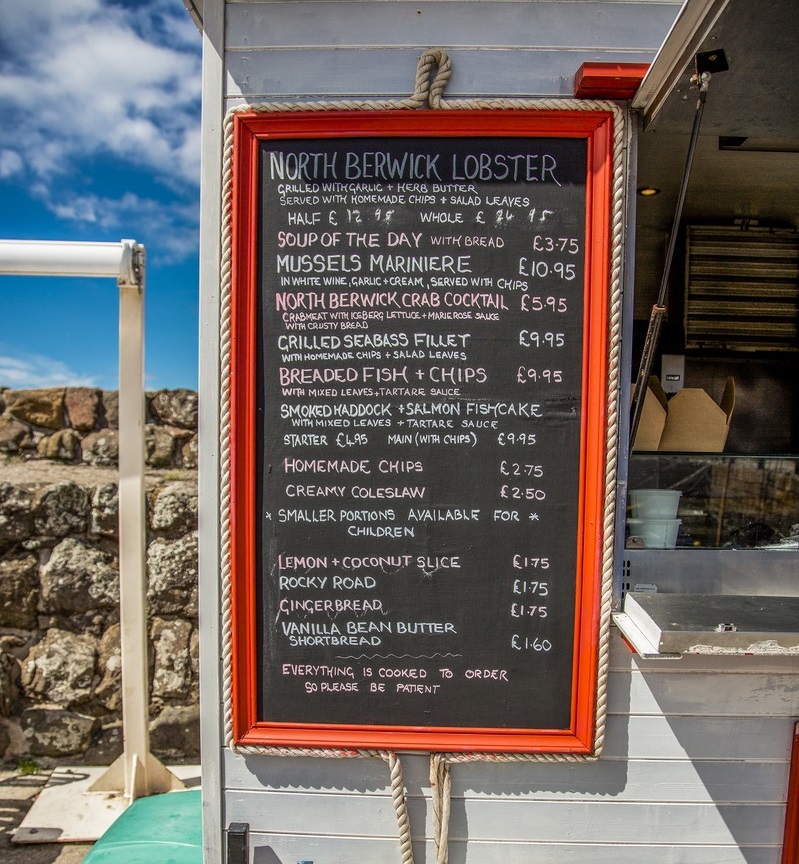Inspiration for simple menu swaps
The following are some examples of how you could showcase your local produce on your menu:
BEFORE: Homemade cottage pie.
AFTER: Homemade Aberdeen Angus cottage pie with Early Ayrshire Epicure mashed potato and Orkney Scottish Cheddar topping and locally grown, seasonal vegetables.
BEFORE: Gin and tonic with ice and lemon.
AFTER: Isle of Harris gin with Walter Gregor's tonic water and a dried, locally sourced apple slice garnish.
BEFORE: Cranachan
AFTER: Cranachan made with Glen Scotia whisky, Angus raspberries, local oatmeal and honey and Mossgiel cream
